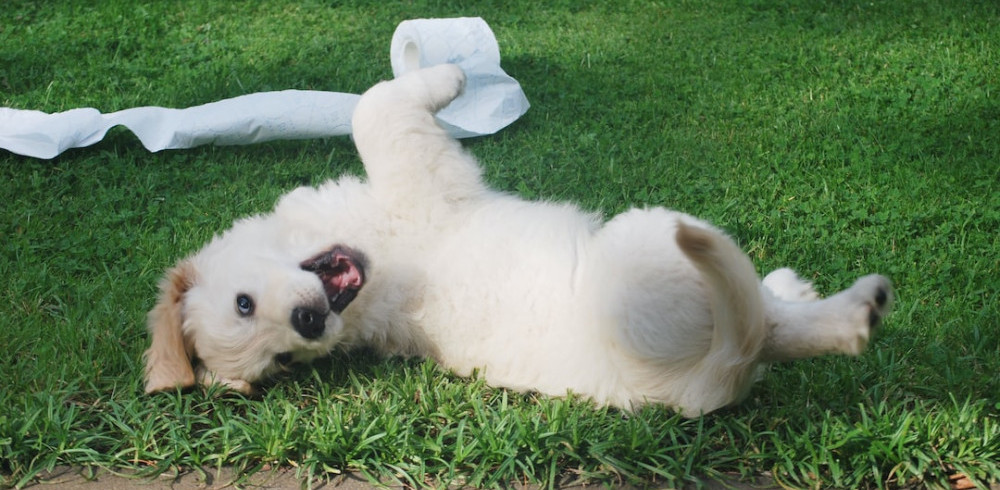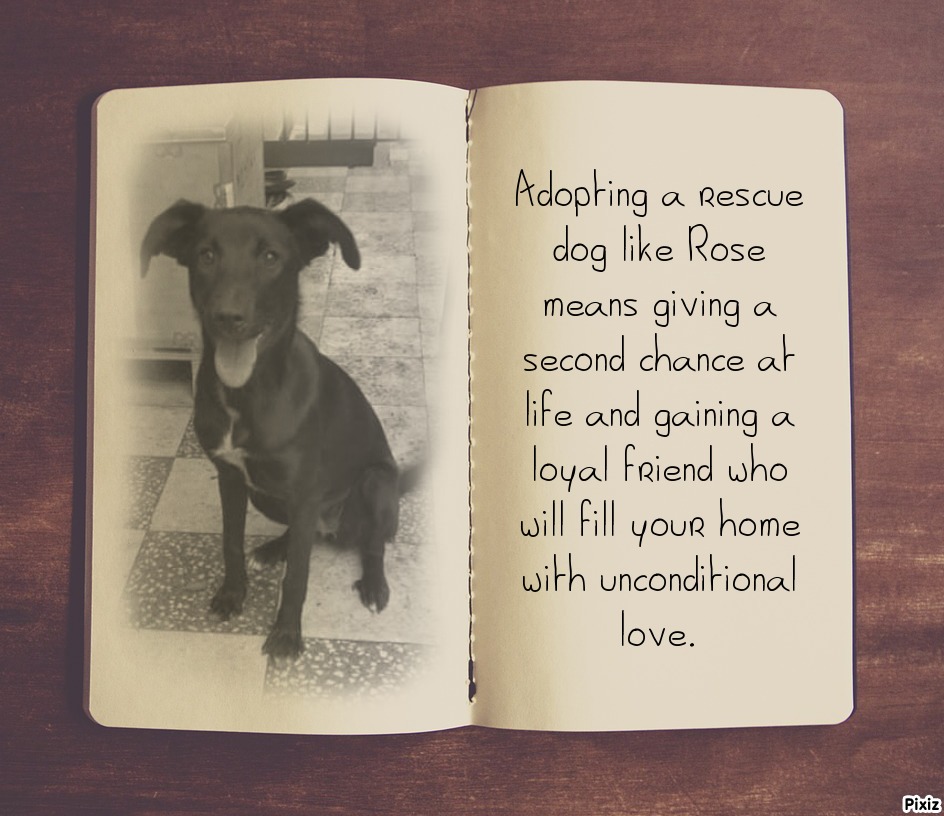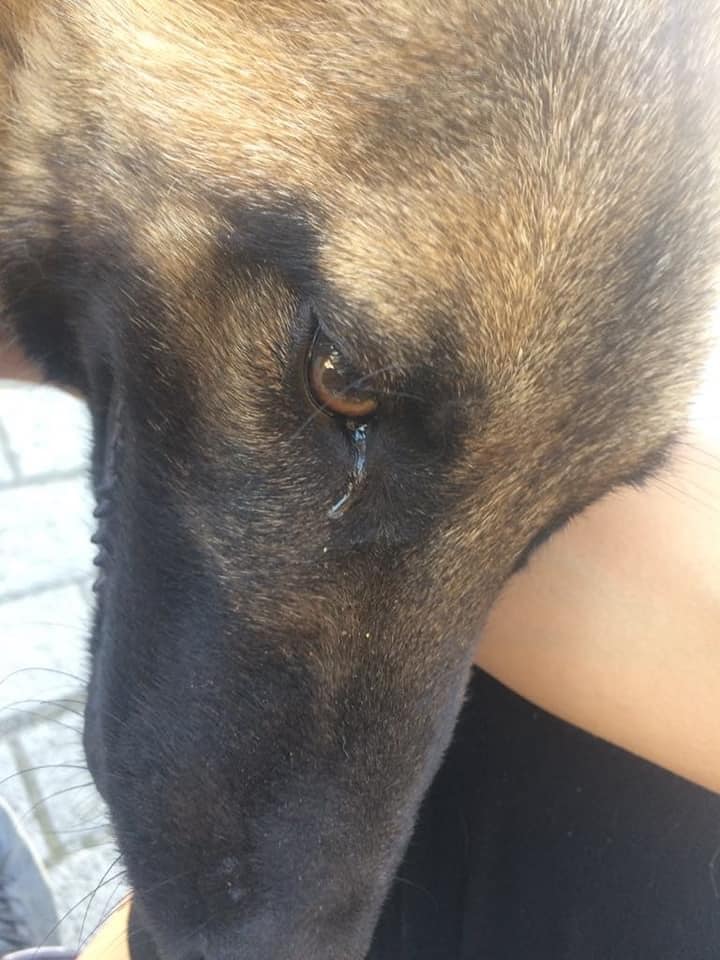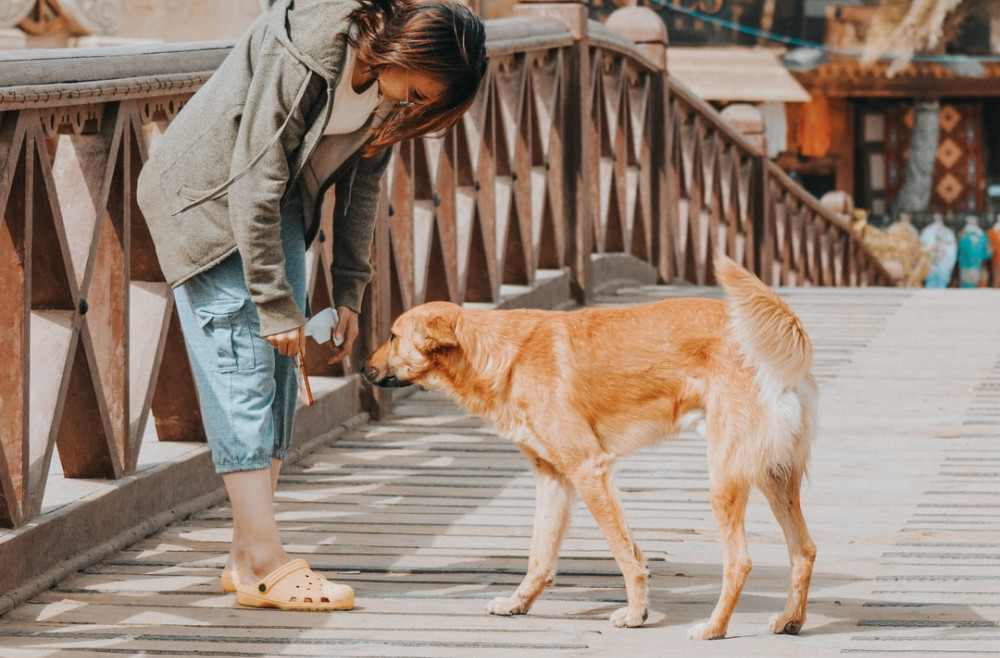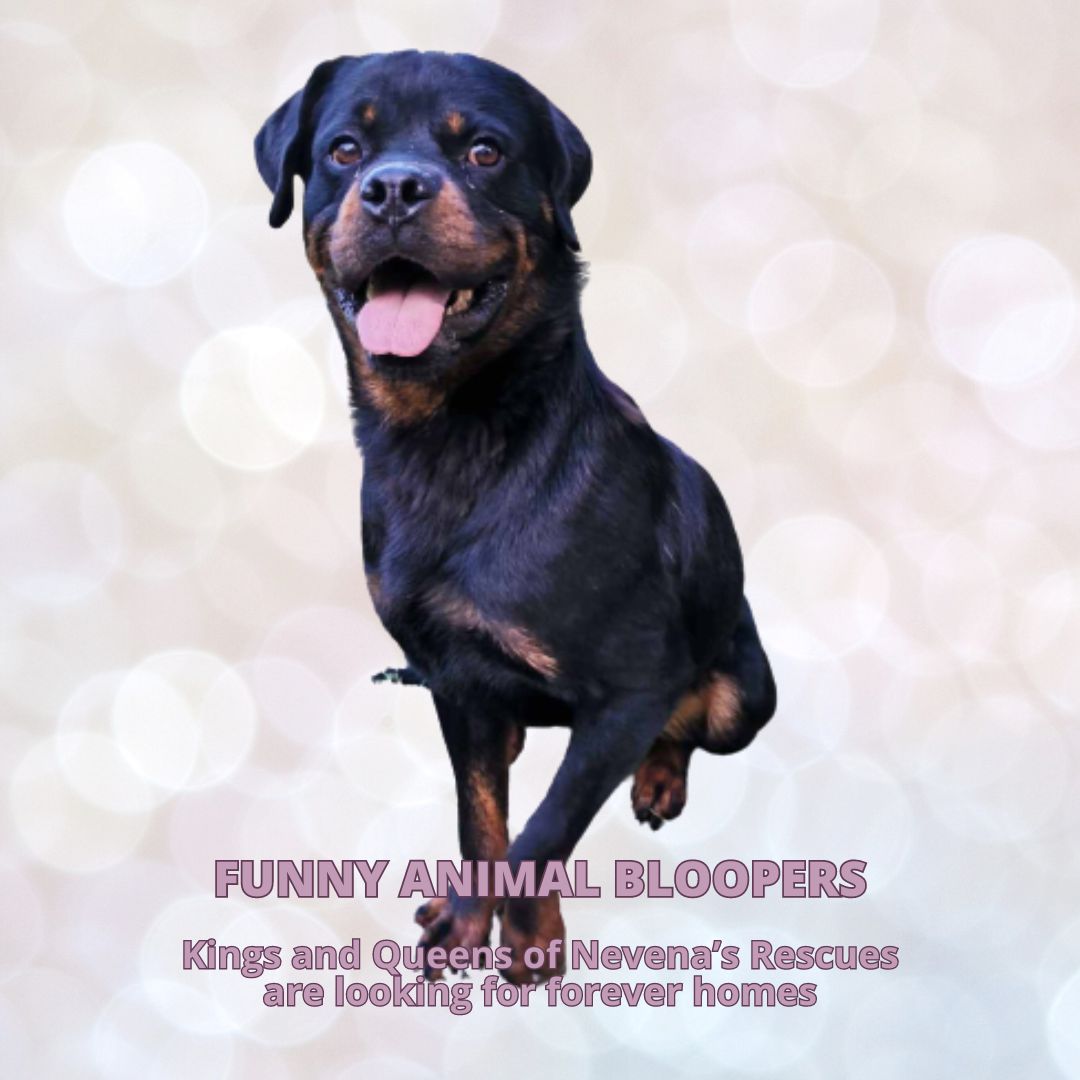Taking a dog as a pet is a very important and significant decision in someone’s life especially if one decides to take a puppy.
A puppy is a living being so it’s got its own needs. It needs to eat, do its needs, play, make a mess and sometimes sleep, just like children. It has the right to feel sad, happy, scared, annoyed and even not feel well.
Like small kids, puppies can’t tell you about their moods and the reasons for them. It’s up to you to discover how they feel and why by closely observing their behaviour. It’s not easy, but if you wish you will get there.
If you have decided to take a puppy for a pet, make sure you have enough time to spend with them at an early age and teach them basic stuff just as you would do with a child.
One of the most important lessons is to teach them where to do their needs. Modern life leaves us little time for things other than work, so we strive to speed things up as much as we can.
The best time to start potty training your puppy is as soon as you get it. 8 weeks and up are ready to start their first lessons.
Resolve, read the instructions on how to potty train a puppy fast and do it yourself.

Establishing a Walking Routine
The longer the puppies are with their mother the more they will learn from her. It is not advisable to separate a puppy younger than 3 months from its mother. Mothers teach them a lot of stuff including hygienic habits, so you will have less work.
Puppies cannot control their bladder until about 6 months of age. So the first step when you get a puppy is to take it out for a walk as much as possible at the beginning.
I usually start with an hour’s distance between small walks in the beginning and then I prolong this period for fifteen minutes when I am sure they have done their needs.
Don’t worry, it goes fast, but small puppies can’t wait for more than 3 hours to go out and do their job which means that the maximum distance between potty is 3 hours.

Anyway, it is natural for them to do their needs after each meal or if they get too excited, especially during play. Puppies are always happy and whenever they see the person they love they will pee with happiness.
Bear this fact in mind and if you have guests, then wait for them outside to prevent possible indoor accidents.
When outside, you have to observe them and make sure they did their needs because they are easily distracted and even though they take the position to do it they will skip it for a butterfly for instance.
The key element of this step is to watch them even indoors. As soon as they start whining, barking, sniffing the floor or walking in circles like they are looking for something, it means they are looking for a place to do the job. Naturally, they will look for the smell of previously successful business and do it over again. Grab your puppy and take it outside to the place where you want them to leave the track.
Once your dog realizes the rhythm and the regular potty intervals they will hold it.
Rewarding Them with a Treat
When you take them out you might want to give them a small instruction, which they won’t understand at the beginning but will connect it with the action over time. You might want to say something like “it’s time to pee”.
Make sure they get a treat when they do the desired action. Don’t make it big and don’t give it during the walks so they don’t mix the actions. Keep the treat just for this special occasion when the action is accomplished.
When giving them the prize for their business, remember to praise them in words, too. They won’t understand at that point but if you keep repeating the same words each time you give them a treat they will remember it.
Thus choose your words carefully. Maybe something like “good potty”, or “good job”. Once they establish the connection between the instructions, actions and prizes, the progress will be evident.
Getting a treat is a desirable action that will keep them motivated each time to repeat the action they did. Just don’t confuse them by giving them treat for anything else, at this point, until they have learnt to do their needs where they are supposed to.

Indoor Training
At home, make sure you have a puppy training pad in a corner that will serve for possible haste. I only recommend this if you live on a high floor in a building, as I do, and it takes time to get out of the building into the yard. My puppies can’t hold it that long.
Otherwise, it might prolong the training and make it pretty difficult and confusing for a puppy.
However, be prepared that accidents with puppies can happen anywhere in the house. In that case, use a non-toxic cleaner, I usually use vinegar, to wipe and disguise the smell of urine on the spot because if they feel the smell of their urine there, the accidents will keep repeating. Vinegar is a natural, non-toxic, strong-smelling liquid that conceals other smells.
Before you remove the accident result, you may want to transfer that smell on the pad which is supposed to serve this purpose. Once they feel the recognizable smell on their potty training pad they will start using it and the accidents elsewhere will become less frequent.

A small, free tip that I will share with you is very interesting. Living in difficult times made us become imaginative and come up with solutions that are cheap or even free.
I have saved a lot of puppies in my life so I would need to spend a fortune on puppy training pads. Instead, two puppies taught me a lesson.
They lived in a tiled room with a newspaper stack in a corner. Those two siblings never did their needs anywhere else but on the newspapers that they would take out of this stack.
So I got the idea and tried it with other puppies and it worked each time.
However, this invention lasted short which is not puppies fault, of course. People stopped buying papers. Instead, they started reading online newspapers. Thus, I have to get rich to buy puppy training pads, lol.
You can click here to choose from a wide range of pee pads. They differ in size and absorbing power, they may contain activated carbon that neutralizes the smell, and they can be scented with different smells like grass, lavender or some other fresh smells, or they are left unscented. Choose what suits both you and your puppy best.
Crating
Crating may be useful in potty training a puppy. It can be concluded from the previous sentence that I am not a fan of the crates and here’s the reason why.
Once a person crates them and the dog gets used to it, people will feel the commodity and will keep them crated most of the time which is not good and not acceptable.
A crated dog is usually ignored until owners decide or find the time to devote to their pet. In this way, dogs are deprived of the regular house routines that they would learn as free.
Also, the freedom of movement, stretching, walking around, exploring and feeling comfortable is limited. It influences dogs’ social, physical and psychological state and cognition that is essential and desirable.
Also, if a dog eliminates in the crate then it’s not useful. Dogs are clean by nature and will keep their living area as clean as possible unless forced otherwise.
This all means, that the training is the same as the house training. The puppy has to be let out each hour in the beginning and that period is gradually prolonged. A puppy should not spend more than two hours in a crate under no circumstances!
Make sure the crate is big enough that the puppy can stand in it, lie down and turn around. Still, there should not be space left for puppies to do their needs there.

Observe the puppy, if it feels uncomfortable and sad, take it out for a walk, play with it and bring it in when it’s time for a nap.
How to Behave When Accidents Happen
If you don’t catch your dog red-handed or better to say red-pawed, instead you just see the result of their work, don’t criticize them. If you do, they won’t understand. They will just be confused and scared. Remove the results and clean the spot to prevent future accidents.
Punishment is not helpful in either of the situations. Even when you catch them pooping or peeing in the house, you have to say NO firmly and loudly but nothing else! No punishment can prevent them from doing it again. Of course, clean the spot and conceal the smell of their urine.

Being mad at the puppy or hitting it isn’t productive at all. It’ll just make it worse and might lead to fear that further leads to behavioral issues which are not welcome both for the sake of the pet itself and the owner.
You have to be patient with this delicate matter. If you scare your puppy, you will prolong the period of potty training.
When asked about this matter, I often say that the owners have to train themselves first.
I had an adopter that kept the dog in almost all day. I don’t know if that adopter expected the dog to use the toilet, but soon he appeared at my door saying that the dog was untidy. Soon after, the dog was properly adopted and never had accidents in the house.
This case confirms my theory that the owners should train themselves first – to get out of bed and walk a puppy at least 6 and an adult dog at least 3 times a day. Regardless of the weather conditions, you and your puppy have to go out at regular intervals.
To Sum up
In all honesty, the process of potty training a puppy is not easy. You must have your mind set on this matter and deal with it seriously until you reach your goal.
There will be ups and downs but that’s the process. Once you reach the goal you will be proud both of yourself and your puppy.
The steps of how to potty train your puppy fast are: establishing a walking routine after a nap, each meal, play or before any excitement; rewarding them with a treat for the successfully finished business; using puppy training pads, only when essential; maybe crating and thoroughly cleaning after the accidents.
Keep your puppy in your site so that you can act promptly if it starts whining, barking or sniffing, looking for a place to eliminate.

How long it will take for a puppy to learn where to do its needs depends first on us, humans and our determination to deal with it, then on the puppy itself, its age, time spent with its mother, breed and personality. It usually takes several weeks but may take up to several months.
In case your dog hasn’t developed hygienic habits up to a year of age, you should better see the veterinarian and take their advice and do possible examinations.
Look before you leap! Think about all these obligations in advance, before you get a dog. Don’t let both of you come to an unfavorable situation that will cost you time, money and emotions. However, dogs are those that usually pay the highest price for humans’ wrong choices.

Good luck with puppy training and don’t forget to write about your experience. Remember, sharing is caring! Your experience may be helpful to many.
No matter how you’re feeling, a little dog gonna love you.

